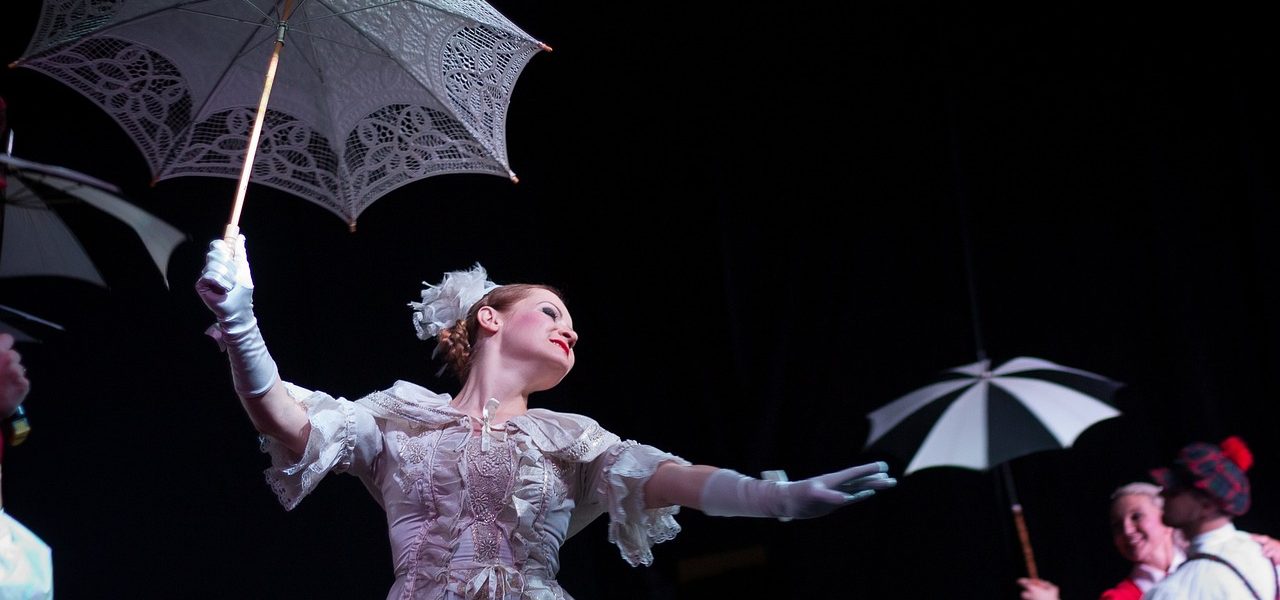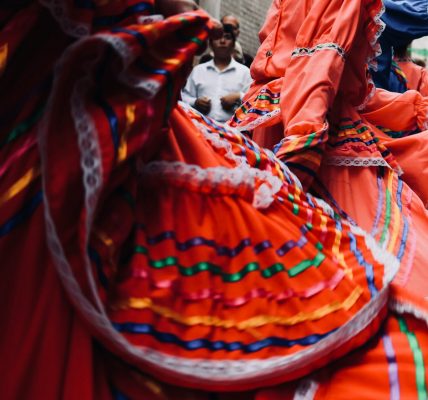The Intergovernmental Committee for the Safeguarding of the Intangible Cultural Heritage has endorsed Poland’s application to inscribe the Polonaise on the UNESCO Representative List of the Intangible Cultural Heritage of Humanity. The decision was made on December 5 during the 18th session of the Committee held in Kasane, Botswana.
Intangible cultural heritage includes traditions such as oral histories, performing arts, and musical traditions. These phenomena are recreated and passed down from generation to generation, providing communities with a sense of identity and continuity, fostering respect for cultural diversity, and promoting human creativity. The effort to gain recognition for the Polonaise by UNESCO spanned several years, beginning with its inclusion on the National List of Intangible Cultural Heritage managed by the Minister of Culture and National Heritage in 2015. Currently, the list includes 85 elements. The Polonaise, along with other Polish national dances, was cataloged in the national inventory in 2015 and as a distinct element in 2019.
Cultural Significance and History
The Polonaise is often encountered during significant events such as end-of-school celebrations, proms, New Year’s Eve balls, debutante balls, and other special occasions. It is a triple-meter dance with a stately rhythm and a strong emphasis on the first beat. This dance form developed in the early 18th century and remains known in this format today.
The term “Polonaise” first appeared in written records in 1730, derived from the French word “polonaise,” meaning “Polish dance.” This term, along with its variations in different languages, has been associated with many musical scores worldwide from the 16th century. Some of these dances, although in duple or quadruple meter, are definitely linked to the “Polish dance.” The Polonaise’s precursors, known by various names, were associated with folk wedding ceremonies from the 16th century. Over time, the dance evolved and found its refined form in noble courts.
Military and noble educational institutions significantly influenced the development of this Polish dance, incorporating the Polonaise into their educational curricula. Girls also learned the dance in private schools, known as “pensions.”
The latest research on the history of the Polonaise has been conducted and described by Mr. Tomasz Nowak, with findings available in his book “Polski, polonez, chodzony.”
National Pride and Educational Initiatives
The Polonaise’s inclusion in UNESCO’s list has been particularly celebrated as students and teachers prepare to engage with this oldest of Polish dances in the second edition of the “Five with Nationals” competition, organized by the National Centre for Culture. The competition aims to spread knowledge about Polish national dances and introduce unique cultural phenomena from various regions.
In the first edition of the competition, 158 schools from across Poland participated. The ongoing second edition has attracted 90 institutions nationwide. Live auditions for the best school dance teams, qualified for the second stage, will take place on May 30, 2024.
Funded by the Ministry of Culture and National Heritage, the “Five with Nationals” competition by the National Centre for Culture showcases the Polonaise, reflecting many national characteristics according to Jan Łosakiewicz, director of the University of Warsaw’s “Warszawianka” Dance Theatre.
Reflections on the Polonaise
The Polonaise, originally known as the “walking dance” from the 16th century, has evolved into a dignified and joyful group dance, often involving hundreds of participants. Jan Łosakiewicz highlighted the dance’s significance as a symbol of Polish identity and individual pride, showcasing the dancer’s chivalry and protective nature.
Despite its appearance as a straightforward dance, the Polonaise is considered challenging due to its nuanced character. It played a crucial role in maintaining Polish identity, especially during periods of foreign partition. Today, thanks to youth engagement, especially at proms, the Polonaise enjoys growing popularity.
Joanna Cicha-Kuczyńska of the Ministry of Culture and National Heritage reminded that the Representative List of the Intangible Cultural Heritage of Humanity aims to protect and promote cultural phenomena, enhancing respect for cultural heritage as mandated by the UNESCO 2003 Convention.
The Polonaise marks the sixth Polish tradition inscribed on the UNESCO list, joining Krakow’s nativity scene tradition, beekeeping culture, falconry, the tradition of flower carpets for Corpus Christi processions, and rafting traditions.



